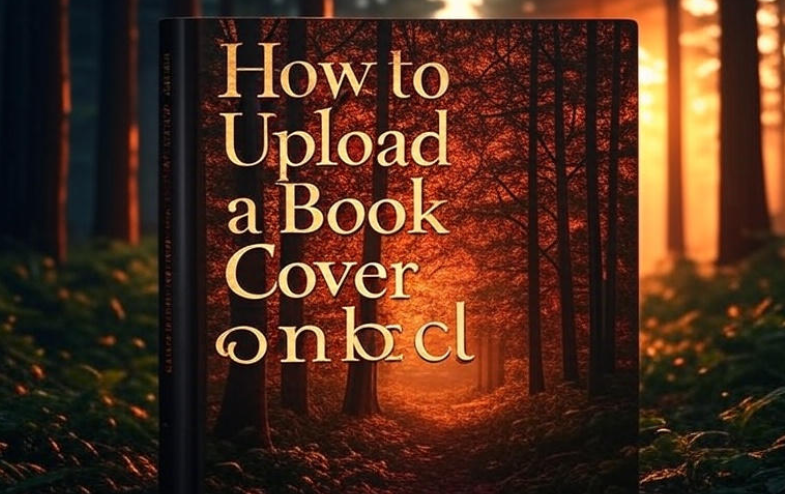When people think about publishing books, they usually imagine writing long novels, self-help guides, or research-based content. But in reality, the publishing world is much broader. In fact, there are two very different types of books that often spark debate among authors and self-publishers: low content books and high content books. Both can bring success if used wisely—but the real question is, which one actually works better? 🤔
Let’s break this down in plain language, without fluff.
What are low content books?
Low content books are books that don’t have much written text. Instead, they’re more like journals, notebooks, planners, coloring books, puzzle books, or sketch pads. The value here is in the structure, design, and usability rather than in written words.
For example:
-
A daily gratitude journal (just prompts and lines to write on)
-
A student planner
-
Sudoku or crossword puzzle books
-
Mandala coloring books
People buy these not because they’re reading your words, but because they want a tool to use.
What are high content books?
High content books are traditional-style books packed with information or stories. This includes novels, biographies, self-help guides, cookbooks, history books, or even technical manuals.
The buyer expects detailed, original, and thoughtful content. High content books require significant effort—writing thousands of words, editing, structuring chapters, and often heavy research.
The key differences between low and high content books
Here’s a simple comparison to make it clearer:
| Aspect | Low Content Books 📝 | High Content Books 📚 |
|---|---|---|
| Effort to Create | Low to Medium | High (lots of writing, editing) |
| Time Investment | Can be fast | Takes months or even years |
| Main Value | Design, usability | Words, knowledge, storytelling |
| Examples | Journals, Planners, Coloring Books | Novels, Guides, Biographies |
| Competition | High (many sellers) | Also high, but less in niches |
| Passive Income Potential | Good if scaled | Strong if well-written |
| Long-Term Brand Value | Limited | Strong (author credibility) |
Why people love low content books
-
Quick to make: You don’t need months of writing.
-
Scalable: You can publish many in different niches.
-
Evergreen demand: People always need planners, notebooks, and coloring books.
-
Creative design-based income: If you’re not a writer but enjoy design, this works well.
The downsides of low content books
-
Heavy competition: Anyone can make them, so you need unique designs.
-
Low brand recognition: Buyers don’t remember who made their notebook.
-
Small profit per book: Since they sell cheap, you earn less unless you scale big.
Why people choose high content books
-
Stronger author identity: Readers remember your name.
-
Long-term respect: A good book can build your reputation for years.
-
Higher income per book: A quality high content book can sell for $10–$30.
-
Greater impact: You can actually teach, inspire, or entertain deeply.

Low Content vs High Content Books: Which Works?
The downsides of high content books
-
Time-consuming: Writing, editing, formatting takes a lot of time.
-
Marketing pressure: Even the best book needs promotion.
-
Higher upfront effort: You can’t just “whip it up” in a day.
Which one actually works better?
The truth is—it depends on your goals.
👉 If you want quick passive income, low content books can be a smart choice. They don’t take months to make, and with volume publishing, you can start earning sooner.
👉 If you want long-term credibility and bigger royalties, high content books are better. They build your reputation and can be a foundation for a career in writing, teaching, or speaking.
A practical way to decide
Sometimes, it’s not about choosing one over the other. Many successful self-publishers mix both. For example:
-
A self-help author might also create guided journals.
-
A cookbook writer might release recipe planners or shopping list notebooks.
-
A novelist might design themed coloring books or puzzle books for fans.
This way, you get the quick wins from low content books and the long-term rewards from high content books.
Tips for succeeding with low content books
-
Find niches beyond the obvious. Instead of just “lined notebooks,” create targeted ones like “Nurse Shift Planner” or “Fitness Journal.”
-
Focus on design quality. Don’t just upload a plain template. Add creative covers, thoughtful layouts, and unique prompts.
-
Publish in volume. Success comes from having many different books available.
Tips for succeeding with high content books
-
Choose a niche you love, because writing is a long journey.
-
Don’t skip editing. Quality makes or breaks a high content book.
-
Market it. Share on social media, blogs, or podcasts. Books don’t sell themselves.
-
Think about series. A trilogy or a guidebook series sells better than one standalone book.
So… which one works in 2025?
With platforms like Amazon KDP, both models are alive and profitable. However, the market is crowded. What works best is a hybrid approach:
-
Use low content books for steady, quick income.
-
Use high content books for credibility and lasting growth.
That’s like planting short-term crops (low content) while also growing a big fruit tree (high content). 🌱🍎
Curious about book types? Learn the difference in Low Content vs High Content Books.
FAQs
Q1: Can beginners really make money with low content books?
Yes, but you need volume and smart niches. Simple “lined notebooks” won’t cut it anymore. Think unique themes.
Q2: How long does it take to make a high content book?
It depends. Some authors finish in 3–6 months, while others take years. It’s about research, writing speed, and editing.
Q3: Do readers care about the author in low content books?
Not much. They buy for usability, not your name. High content books, on the other hand, build your personal brand.
Q4: Which type sells better on Amazon KDP?
Low content books sell faster in bulk, but high content books have better royalties and long-term readers.
Q5: Can I try both?
Absolutely. Many authors do both. You can publish a planner next week and keep writing your novel in the background.
Final thoughts
The big secret is—both low content and high content books can work, but for different reasons. If you want fast passive income, go low content. If you want to build authority and impact, go high content. The smartest move? Try both and see where your strength shines.
At the end of the day, publishing is not just about money—it’s about creating something useful, whether it’s a journal that helps someone stay organized or a novel that makes someone feel alive. ❤️




